In Japan, where kombu (kelp) is used daily to make dashi stock, there are many ways to reuse leftover kombu. Kombu Chips are one of the simplest options. The ocean-like flavor of the kombu, combined with its crispy texture, makes them a tasty snack.
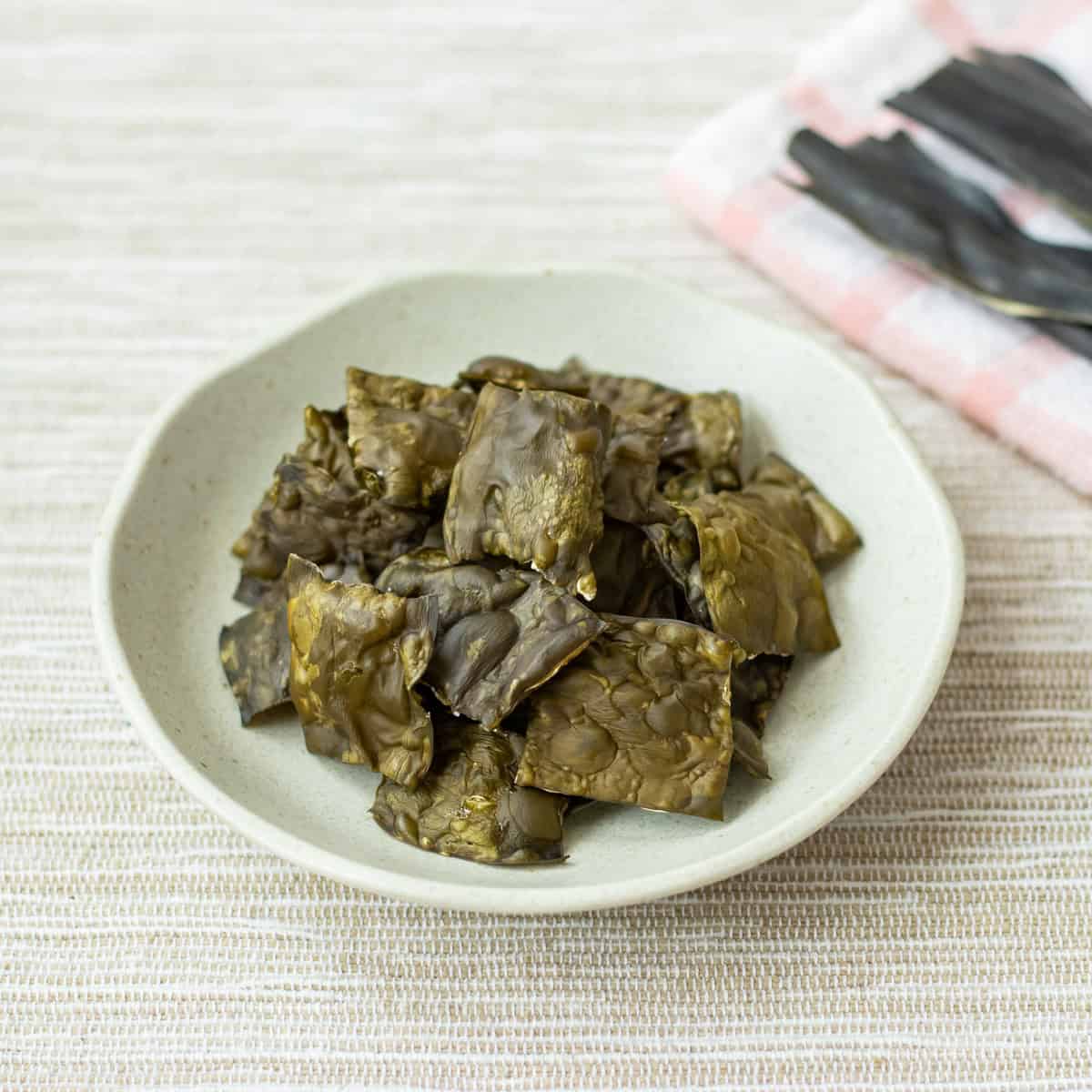
Jump to:
What are Kombu Chips?
Kombu Chips are a snack made by seasoning rehydrated kombu and heating it until the moisture evaporates. Various cooking methods can be used for the heating process, but using a microwave is simple and therefore highly recommended. With this method, it takes less than 10 minutes to make the snack.
You can season them with salt for a savory flavor or with sugar for a sweet one. They have a texture similar to potato chips and highlight the natural flavor of kombu. Typically, you can make them without using oil, so they are healthy and low in calories (although you can fry them if you prefer).
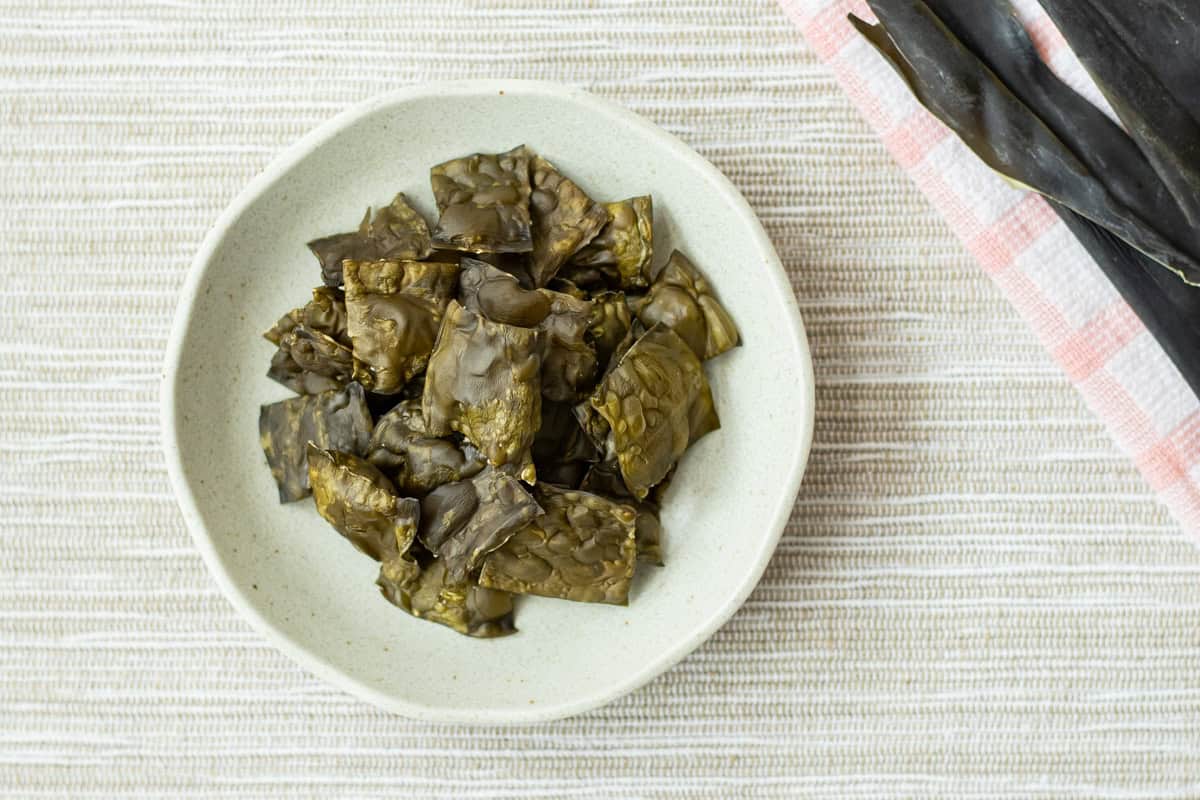
Nutritional benefits of kombu
Kombu is packed with nutrients. It is especially rich in soluble fibers such as alginates and fucoidans (the slimy substances released when kombu is simmered), which can help reduce the absorption of carbohydrates and fats and lower cholesterol levels.
Additionally, it is known for its abundance of minerals, including calcium, magnesium, potassium, iron, and iodine. Since the composition of human blood and lymph is similar to that of seawater, kombu—which grows in the ocean—absorbs beneficial minerals from the sea while avoiding harmful substances. As a result, the minerals in kombu are said to be more readily absorbed and utilized by the body than those in many other foods, with about 80% being used.
After making dashi stock, kombu is often discarded—unless you know how to make use of it. However, learning to repurpose kombu with this recipe can help you fully benefit from its nutrients.
Flavor options
Kombu chips can be enjoyed with a variety of seasonings to suit your taste. Some popular options in Japan include:
- Salt
- Sugar
- Salt with sesame seeds
- Salt with shichimi togarashi (Japanese seven-spice chili powder)
While plain salt and sugar are the most common choices (as noted in the recipe), feel free to experiment with other combinations. You might also enjoy trying flavors that are popular in your area.
Different cooking methods
The recipe shows the easiest method to prepare this snack using a microwave, but in Japan, it is also common to make it in a frying pan. The advantage of using a pan is that it allows you to fry the kombu in oil. Although using a pan requires an extra cooking tool and increases the calorie content, the result is a more savory snack.
Alternatively, you can use an oven or a toaster oven. Give it a try with whatever cooking equipment you have on hand.
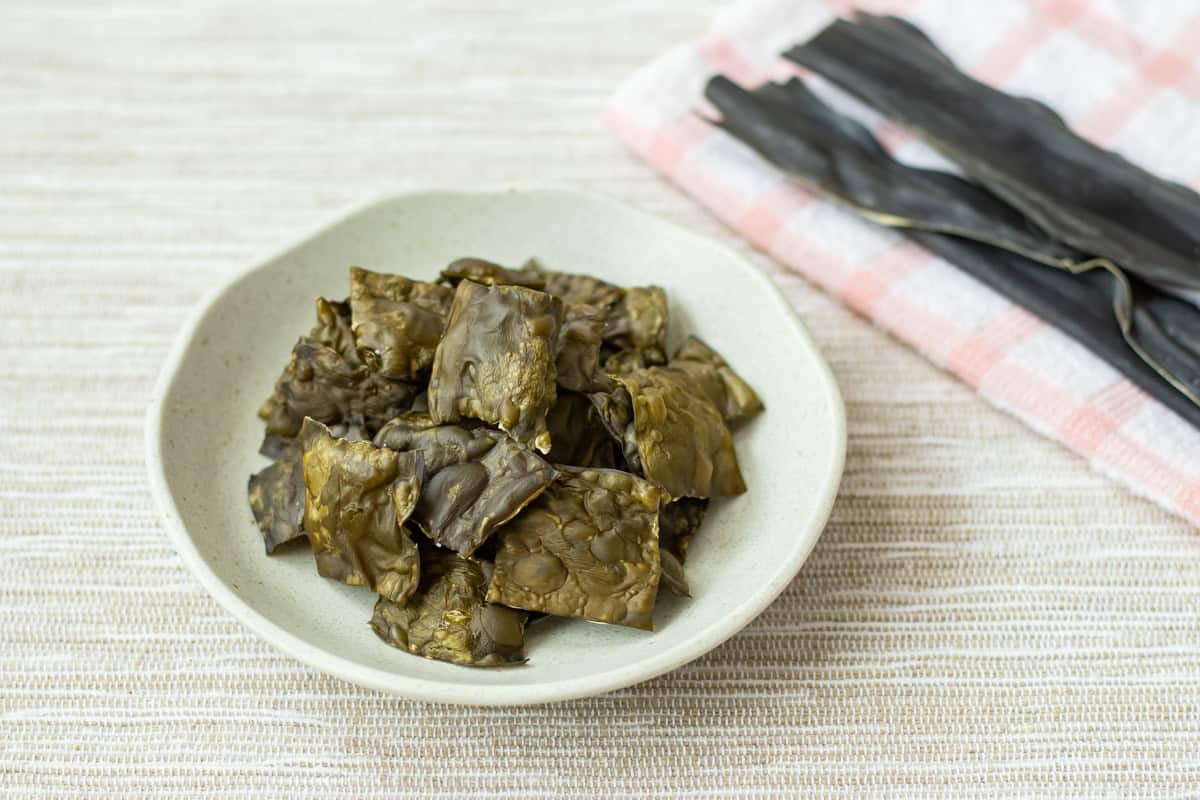
📋Step-by-step recipe
Ingredients
- 1.8 oz kombu (kelp) leftover from making dashi (equivalent to about 0.35 oz/10 g of dried kombu before making dashi)
- ⅙ tsp salt (for a savory flavor) or sugar (for a sweet flavor)
Instructions
🕒 Total: 8 mins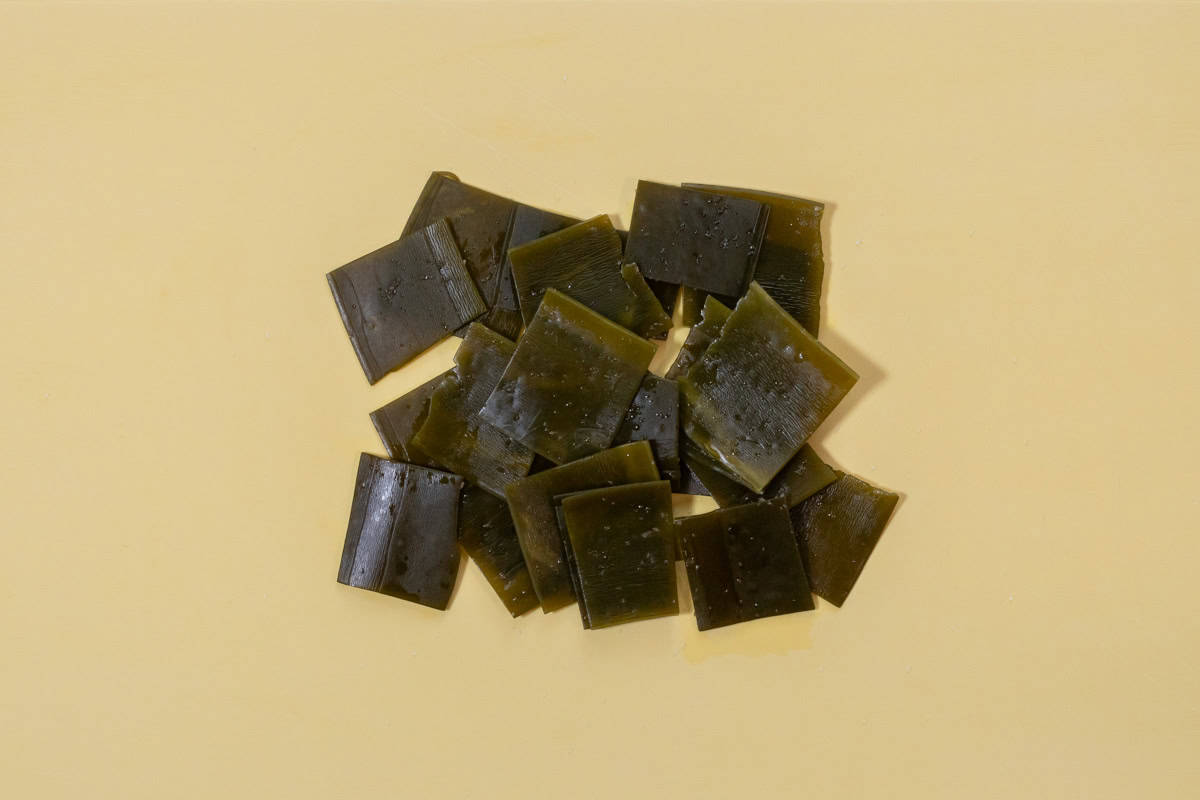
Step 1
If your kombu is damp, pat it dry with paper towels beforehand. Cut it into pieces slightly larger than bite-sized. Sprinkle either salt (for a savory flavor) or sugar (for a sweet flavor) over the pieces, then mix well to ensure they are evenly coated.
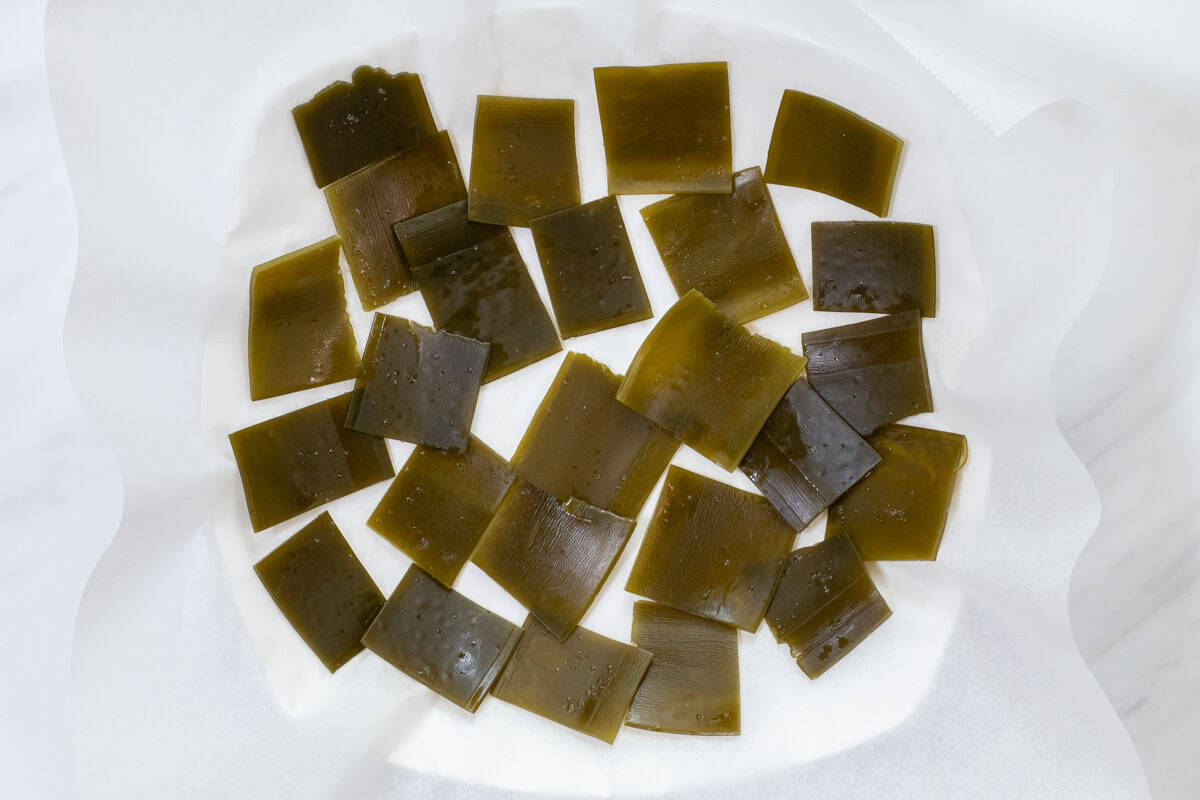
Step 2
Place a sheet of parchment paper on a microwave-safe plate and arrange the kombu pieces, overlapping them as little as possible. Then, cover the kombu with a paper towel to prevent it from splattering during cooking.
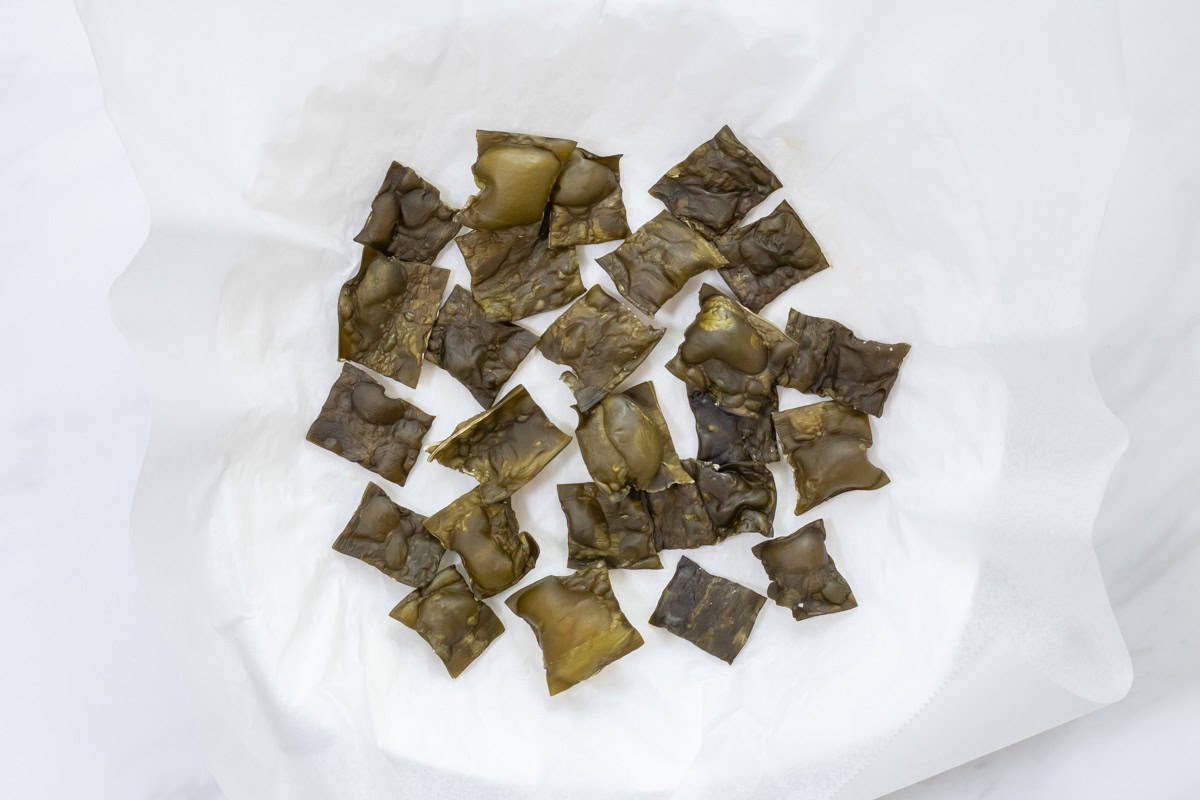
Step 3
Microwave the plate on medium power (500-600W) for about 5-7 minutes. You will know it is done when the popping sound stops.
To store
Not suitable for storage as it is prone to absorbing moisture.
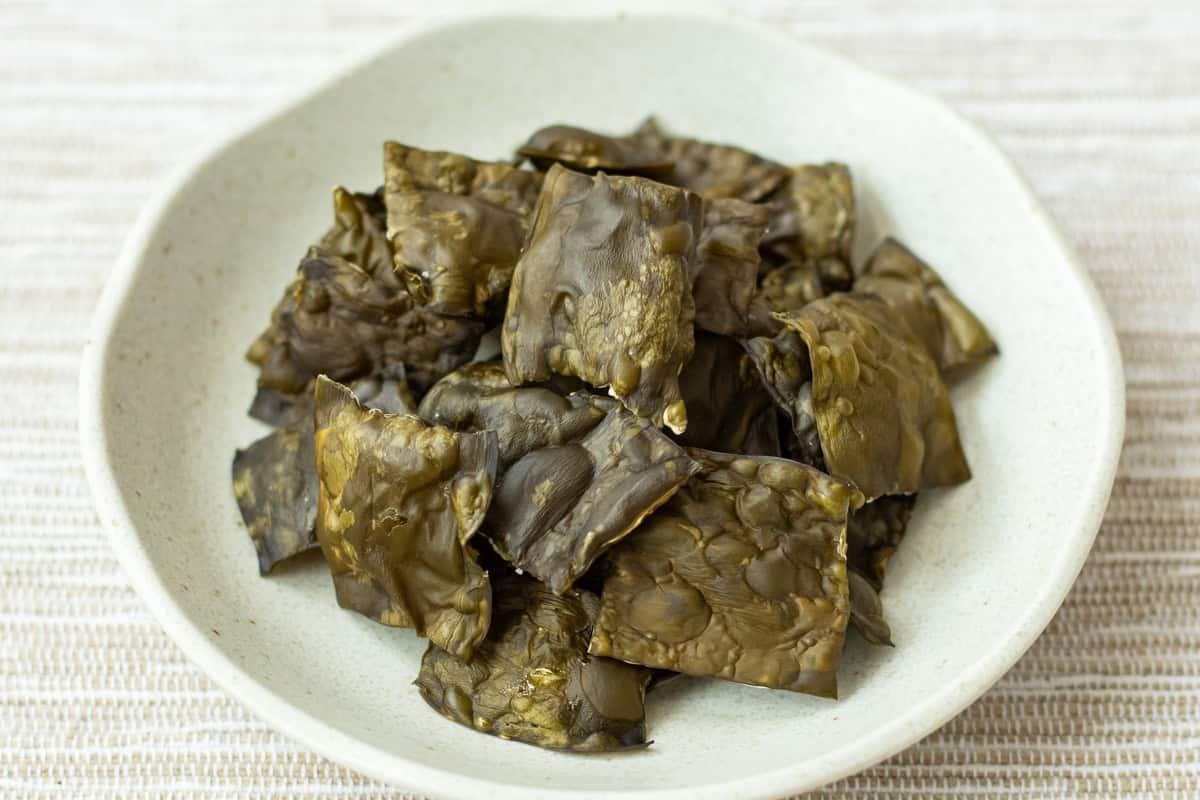
If you try this recipe, I’d love to hear what you think. Please consider leaving a review and star rating in the comments below. If you enjoyed it, I’d really appreciate it if you shared it with your friends.
More kombu recipes you'll love
Recipe card

Easy Kombu Chips (Kelp Chips)
Ingredients
- 1.8 oz kombu (kelp) leftover from making dashi (equivalent to about 0.35 oz/10 g of dried kombu before making dashi)
- ⅙ tsp salt (for a savory flavor) or sugar (for a sweet flavor)
Instructions
- If your kombu is damp, pat it dry with paper towels beforehand. Cut it into pieces slightly larger than bite-sized. Sprinkle either salt (for a savory flavor) or sugar (for a sweet flavor) over the pieces, then mix well to ensure they are evenly coated.
- Place a sheet of parchment paper on a microwave-safe plate and arrange the kombu pieces, overlapping them as little as possible. Then, cover the kombu with a paper towel to prevent it from splattering during cooking.
- Microwave the plate on medium power (500-600W) for about 5-7 minutes. You will know it is done when the popping sound stops.
Notes
- Not suitable for storage as it is prone to absorbing moisture.
- Do not add oil to the kombu before microwaving—it can cause sparks or even start a fire.

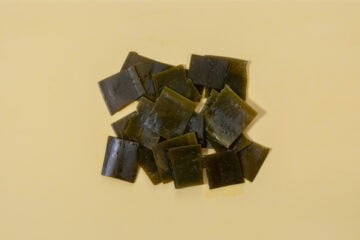
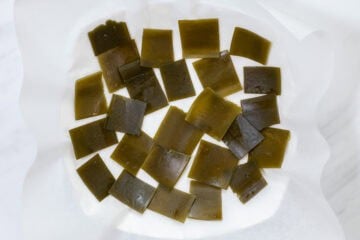
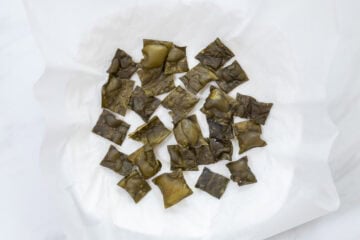
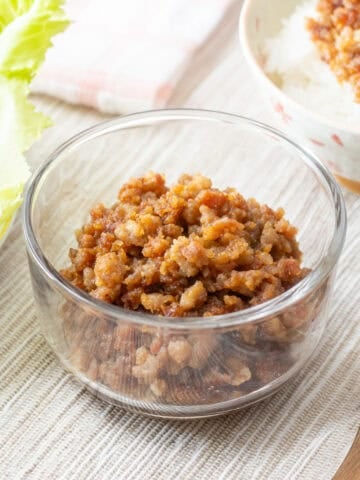
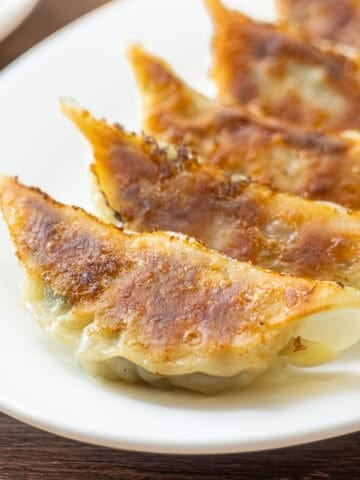
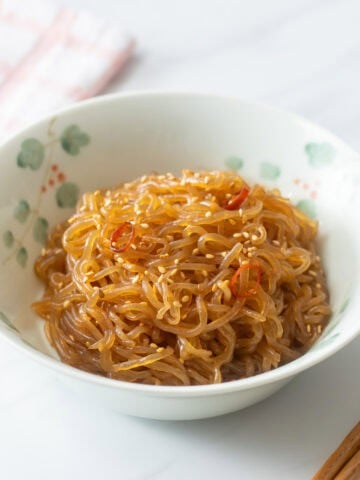
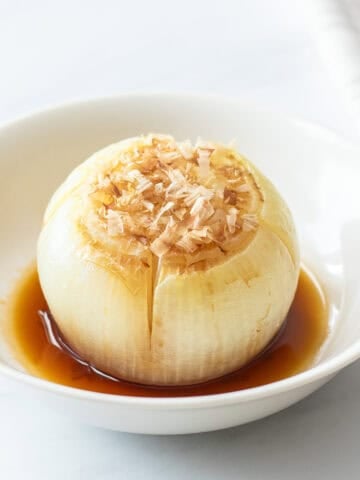
Leave a Rating and a Comment